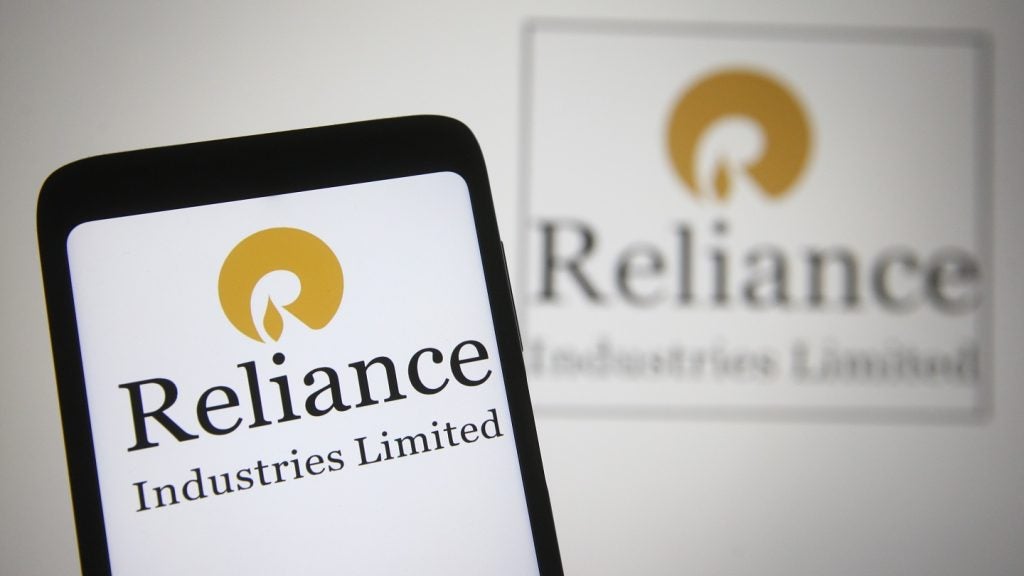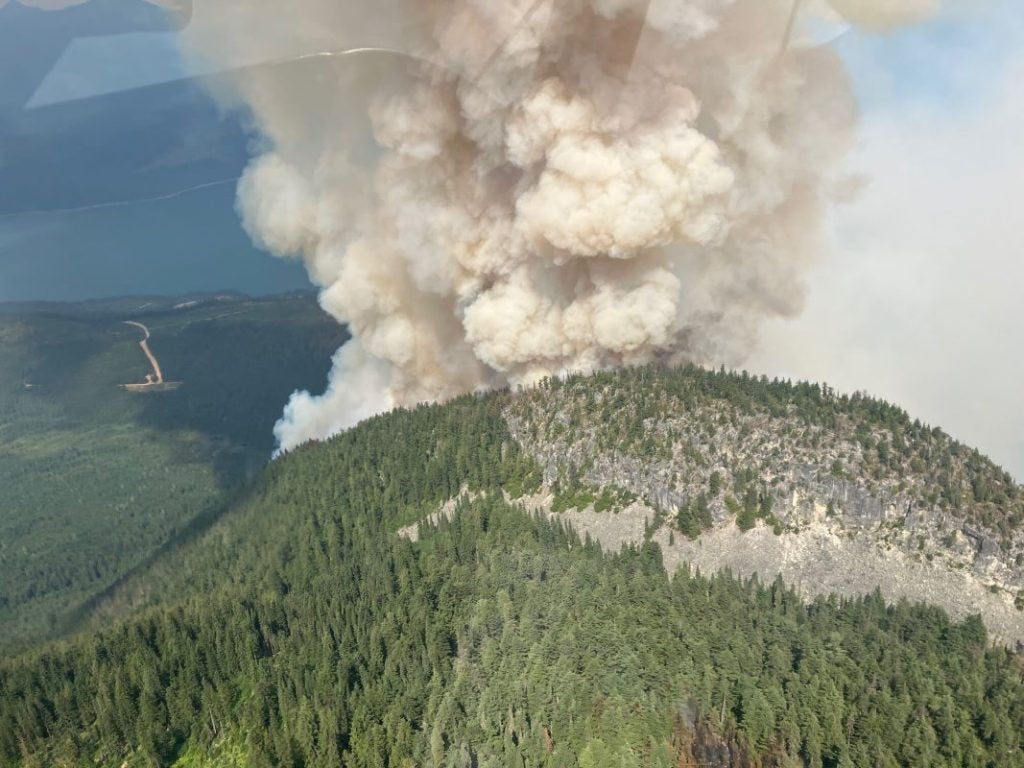Badr El-Din Development Lease is a producing conventional oil field located onshore Egypt and is operated by Badr Petroleum. According to GlobalData, who tracks more than 34,000 active and developing oil and gas fields worldwide, the field is located in block Badr El Din Development Lease. Buy the profile here.
Three expansion projects are associated with the Badr El-Din Development Lease conventional oil field, namely the Badr El-Din 17 Expansion, the Badr El-Din 2 Expansion and the Badr El-Din 3 Expansion. The expansion projects are currently in the feasibility and feed stage.
Field participation details
The field is owned by Capricorn Energy and Cheiron Petroleum.
Production from Badr El-Din Development Lease
The Badr El-Din Development Lease conventional oil field recovered 91.86% of its total recoverable reserves, with peak production in 2000. Based on economic assumptions, production will continue until the field reaches its economic limit in 2029. The field currently accounts for approximately 1% of the country’s daily output.
Contractors involved in the Badr El-Din Development Lease conventional oil field
The key contractors involved in the Badr El-Din Development Lease project as follows.
Other Contractors: Consukorra
For more details on the Badr El-Din Development Lease Conventional Oil Field, buy the profile here.
Data Insights
From

The gold standard of business intelligence.
Blending expert knowledge with cutting-edge technology, GlobalData’s unrivalled proprietary data will enable you to decode what’s happening in your market. You can make better informed decisions and gain a future-proof advantage over your competitors.







